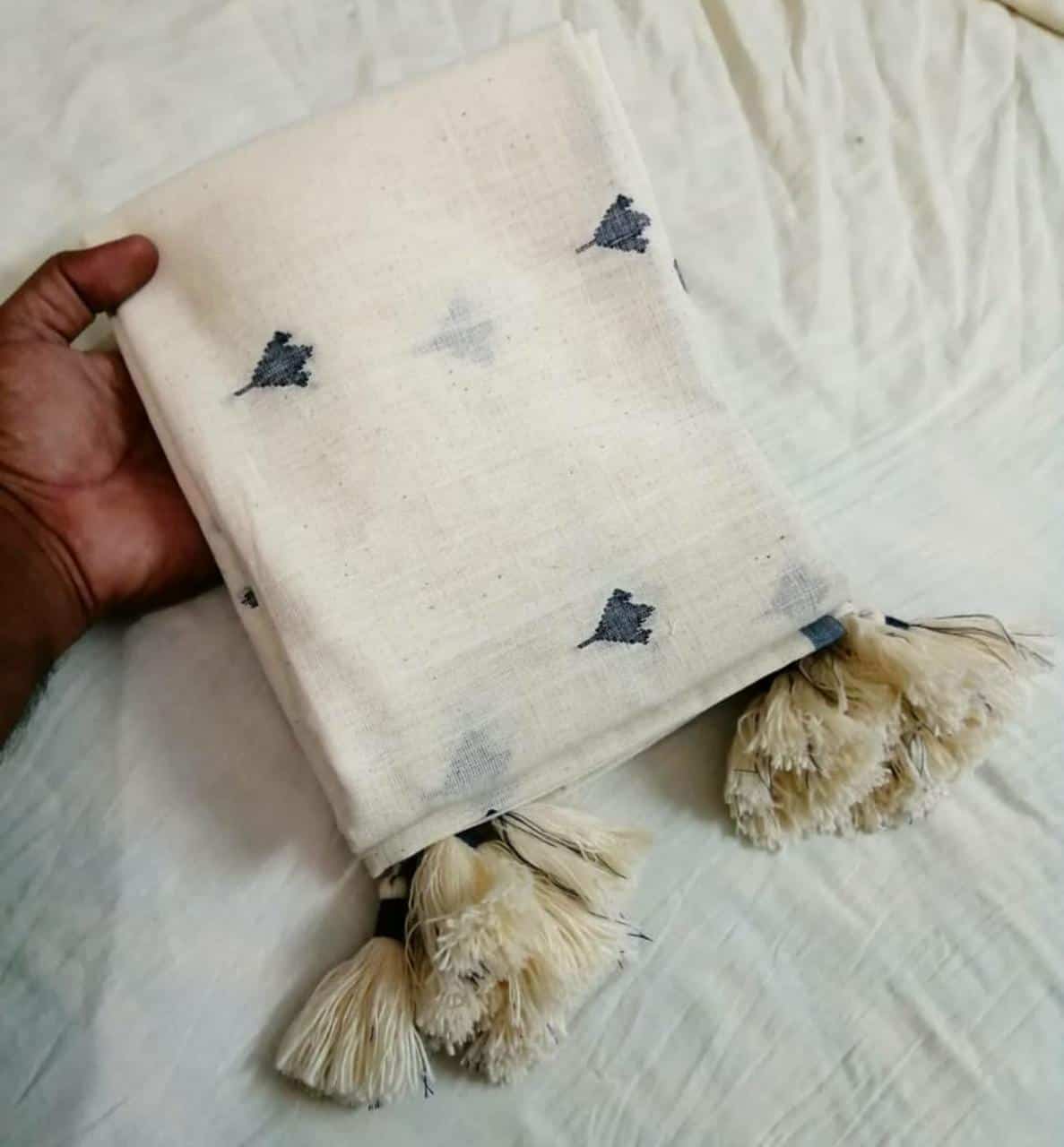The Origin of Madras Checks Fabric
Around the 12th century, Madras Checks was a piece of handloom clothing for India’s peasant class in the village called Madraspatnam (Madras now Chennai). The local weavers would extract the soft fibers from the “tip-skin” of native trees to weave 36″ wide square handkerchiefs, which were then block printed with bright colored check patterns. They were worn as a garment similar to a sarong wrapped around the waist and extending to the ankles, called a lungi.

My husband and I transition our day into relaxation and nostalgia by binge watching motion series adaptation of R. K. Narayan’s book ‘Malgudi days’ . Short stories from a small village exuding the zeitgeist of pre-independence India- reminiscent of my grandmother’s beautiful stories. In one particular episode of Malgudi days, the whole village organizes a bonfire to burn their ‘English’ clothes.. The story belongs to a time when Indian’s were encouraged to keep only ‘khadi’ or ‘khaddar’ clothes with them. It gives the audience a glimpse of the boycott movement that was adopted to fight against the imperial rule.
‘Khadi’ , a material embodiment of an ideal’
In the current situation, we are witnessing the collapse of long distant supply chains and brutal financial realities. It is time that countries adopted self reliance and economic self sufficiency that was advocated by M.K Gandhi for India. Gandhi used humble Khadi as his weapon for inspiring a revolution.

